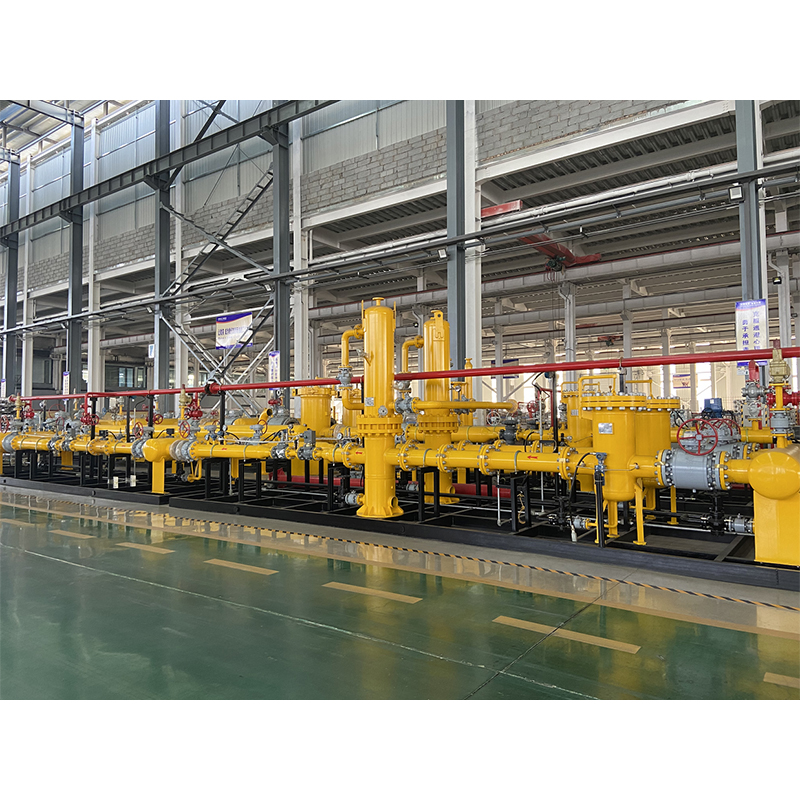
Sep . 06, 2024 00:22
Back to list
Gas Pressure Regulator - Efficient Pressure Control Solutions
Understanding Gas Pressure Reducing Valves
Gas pressure reducing valves are crucial components in various industries, helping to regulate and control gas pressure for safe and efficient operations. These devices are designed to reduce the high pressure of gas from a source, such as a gas cylinder or main supply line, to a lower, more manageable pressure that is suitable for usage in various applications. This article will explore the significance, functioning, and applications of gas pressure reducing valves.
The Importance of Gas Pressure Regulation
In many industrial settings, excessive gas pressure can pose significant safety hazards. High pressures can lead to equipment damage, leaks, and potentially explosive situations if not properly managed. Therefore, reducing gas pressure to appropriate levels is essential for ensuring the safe operation of gas-powered equipment and systems. Proper pressure regulation enhances efficiency and can prolong the lifespan of machinery, ultimately reducing maintenance costs and downtime.
How Gas Pressure Reducing Valves Work
A gas pressure reducing valve operates through a combination of mechanical parts a spring, diaphragm, and valve seat. When high-pressure gas enters the valve, it pushes against the diaphragm, which is connected to a spring mechanism. As the pressure builds, the diaphragm moves, compressing the spring. When the pressure exceeds a predetermined level, the valve opens, allowing gas to flow through and effectively reducing the downstream pressure.
.
Applications of Gas Pressure Reducing Valves
مخفض ضغط الغاز

Gas pressure reducing valves are extensively used in numerous sectors, including
1. Residential Heating In home heating systems, reducing valves ensure that natural gas flows at a safe and efficient pressure for appliances like furnaces, stoves, and water heaters.
2. Industrial Processes Many manufacturing processes rely on precise gas pressure control for operations like welding, cutting, and powering machinery.
3. Medical Facilities In hospitals, gas pressure regulators are essential for delivering medical gases, such as oxygen, at safe levels to patients.
4. Food Production In the food industry, these valves control the gas pressures used in various processes, ensuring food safety and quality.
5. Hydrogen and Other Alternative Gases As industries shift towards greener solutions, the regulation of gases such as hydrogen for fuel cells is increasingly important.
Conclusion
Gas pressure reducing valves play a vital role in managing gas pressure safely and efficiently, ensuring the smooth operation of various systems across multiple industries. By understanding their function and applications, industries can enhance safety practices, optimize performance, and reduce potential hazards associated with high-pressure gas systems. As technology advances, we can expect these devices to evolve, further improving their reliability and functionality in an ever-changing energy landscape.
Latest news
-
Safety Valve Spring-Loaded Design Overpressure ProtectionNewsJul.25,2025
-
Precision Voltage Regulator AC5 Accuracy Grade PerformanceNewsJul.25,2025
-
Natural Gas Pressure Regulating Skid Industrial Pipeline ApplicationsNewsJul.25,2025
-
Natural Gas Filter Stainless Steel Mesh Element DesignNewsJul.25,2025
-
Gas Pressure Regulator Valve Direct-Acting Spring-Loaded DesignNewsJul.25,2025
-
Decompression Equipment Multi-Stage Heat Exchange System DesignNewsJul.25,2025

